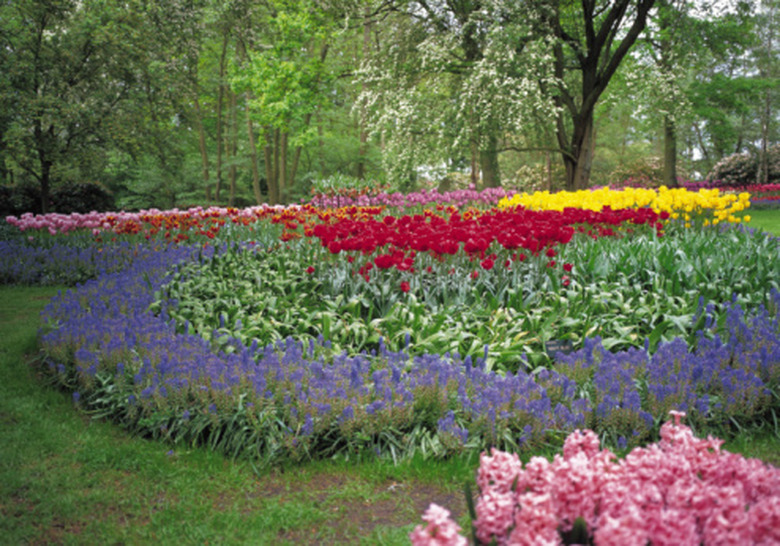What Does Peat Moss Do For Soil?
Peat moss is an organic material that gardeners have successfully used as an amendment for soils for decades. It is composed of the partially rotted remains of plants that have died in water-soaked areas known as bogs. Easily available from garden shops, nurseries and big box stores with garden departments, peat moss offers many benefits when it is mixed into topsoil or gardening soil.
Moisture
Peat moss is exceptional in its ability to absorb water. A peat moss bog is 90 percent water. When peat moss is harvested and dried, it can reabsorb and store 20 times its weight in water. Adding peat moss to soil increases the soil's ability to retain moisture, which means plant roots stay moist for much longer than they otherwise would, cutting down on watering.
- Peat moss is an organic material that gardeners have successfully used as an amendment for soils for decades.
- Adding peat moss to soil increases the soil's ability to retain moisture, which means plant roots stay moist for much longer than they otherwise would, cutting down on watering.
Nutrients
Peat moss, composed primarily of sphagnum moss, does not itself add many nutrients to the soil. It does, however, absorb and retain nutrients that are in soil — either naturally or derived from compost or fertilizers — making them available to plants. Soils that do not have the capacity to store nutrients need much more chemical fertilizer to keep plants healthy.
Soil Structure
Peat moss is lighter, softer and more crumbly than most soils. Mixing peat moss into soil changes the texture of the soil, making it less compact and increasing the number of spaces in the soil structure. Looser, lighter soil is better able to retain water and to allow air to circulate in the soil, resulting in more oxygen reaching the roots of plants. These qualities are particularly important if you have clay soil prone to packing down into a hard mass that is difficult for water, air and roots to penetrate.
- Peat moss, composed primarily of sphagnum moss, does not itself add many nutrients to the soil.
- Looser, lighter soil is better able to retain water and to allow air to circulate in the soil, resulting in more oxygen reaching the roots of plants.
Adding Peat Moss to the Soil
For new planting beds, mix 2 inches of peat moss into the top 6 inches of soil before planting. For existing planting beds, carefully dig down 6 to 8 inches, being careful not to disturb the roots of already established plants. Add 1 to 2 inches of peat moss and mix it in with the soil. When planting new specimens, dig a hole two times as wide as the root ball of the plant. Fill in around the root ball with a mixture of equal parts peat moss, garden soil and compost.
